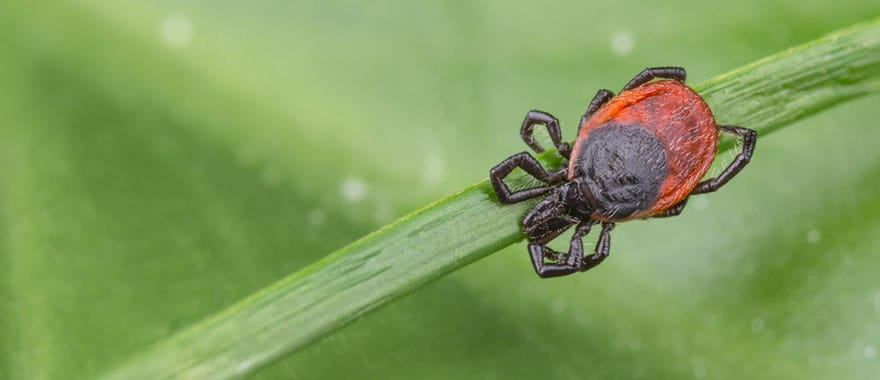Black knot of plum and cherry trees is a widespread and serious disease throughout North America. The black knot fungus mainly affects twigs, branches, and fruit spurs, although sometimes trunks may also become diseased. Usually, infections begin on the youngest growth.

Black knot disease in cherry trees is easy to recognize
What Black Knot Looks Like
Black knot is visible as knots or elongated swellings which form on the twigs and branches. The knots develop into black, corky, cylindrical galls that range from about 1/2 to 1 1/2 inches in diameter and may be more than 12 inches long. Branches beyond the galls are often stunted or dead. Smaller twigs usually die within a year after being infected. Larger branches may live for several years before being girdled and killed by the fungus. The entire tree may gradually weaken and die if the severity of the disease increases and no effective control measures are taken.
Black knot is caused by a fungus that multiplies during wet spring weather. The visual symptoms are often seen 6 to 12 months after initial infection.
How to Control Black Knot
To control black knot, prune out and destroy infected twigs and branches in the fall and winter by burning or burying the pruned knots. Be sure to cut at least 4 inches below the visible signs of the knot. Large knots or cankers on main branches or the trunk should be cut out to a depth of at least 1/2 inch beyond the infection.
After each twig branch cut, be sure to sanitize your pruning tool in a mixture of 1 part bleach and 6 parts water as this helps to reduce the spread of the fungus.
In the spring spray the tree with fungicide for fruit and ornamental trees. Two or three more sprays at intervals of 7 to 10 days are required during the spring season.




